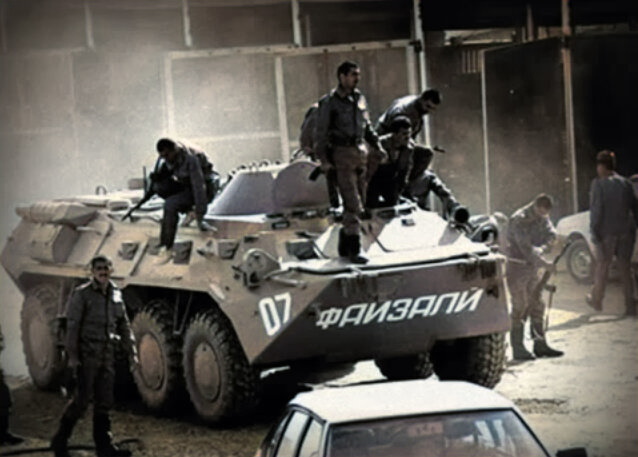In my last post on Central Asia, things got a bit cynical about just how invisible the region is on a world stage. This post was scheduled a few weeks ago, before the almost-unreported outbreak of what could be the start of another civil war in Tajikistan.

Yes, there is a conflict going on that you most likely don’t know about. Of course it’s been getting coverage by major news networks (eg. see this BBC article). But usually these outlets have a World section off to the side where things get split by region and Central Asia does not even qualify as a region etc etc. At the BBC site itself, I could not find anything from clicking around — it certainly didn’t make it onto the Asia News page. Mainstream news has been silent.
From what I gleaned on Central Asia news sites Registan.net and Eurasianet.org, the conflict is in the extremely remote and inaccessible Pamir region. Pamiris are a different ethnicity to tha Tajik majority and practice [Shia] Ismailite Islam, very different to the Sunni variety of the majority. Since Tajikistan’s last civil war in the 90s, which killed 50,000-100,000, the region has been de-facto autonymous. There was an official regional government appointed from the capital but actual power was held by Pamiri warlords. The government appointed many of these warlords to official positions as well, for instance as being responsible for borders and customs. Note that most of the heroin transported out of Afghanistan goes through Tajikistan and both parties (whether the ruling party or the warlords) are getting huge cuts of the process.

The status quo has been broken (apparently with the murder of an employee of what used to be called the Tajikistan branch of the KGB). The government is now trying to hunt down Tolib Ayombekov, one of the main strongmen. The latest casualty numbers are 42 at the time of writing but these are expected to rise. Phone and internet communications from the Pamir (officially known as Nagorno-Badakhshan province) have been cut and people from Dushanbe and beyond have been frantically trying to contact their relatives. This is another terrible blow to what is the poorest province in the poorest of the former USSR republics — and that’s saying a lot.
The selective nature of international coverage is particularly telling from one detail. Nagorno-Badakhshan (and all of Tajikistan, really) borders Afghanistan. If this kind of fighting was happening just 50km to the west, we’d be hearing all about it on the weeknight news.
It’s easy to be even more cynical about what can be done. And it’s true — if the Security Council and the UN can’t even come to an agreement about something as obvious as the absolute bloodbath of Syria, we as a world are seriously fucked. But peace agreements happen, including those arranged outside the UN. The downside to democracy is that unless heads of state and representatives are hassled by their constituents about something, it’s often against their interests to even try. If Tajikistan made it to the Daily Show, I think this would shorten the fighting.
What are some other conflicts that “we” don’t know about?





0 Comments